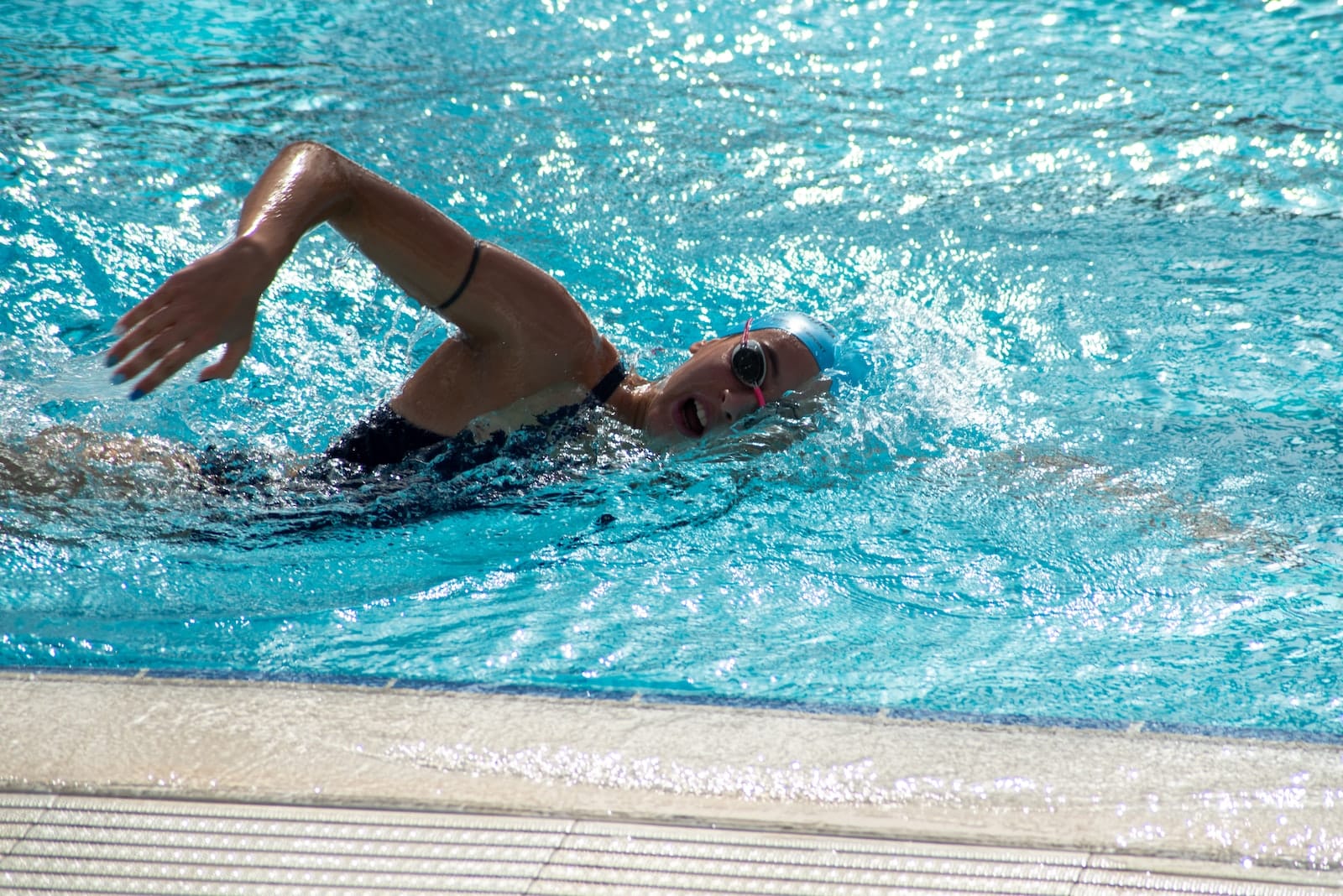How Much Should You Change Your Technique – Minimum Effective Change

Often swimmers ask how much they should be changing their stroke/swimming – especially if they have races coming up. This is where I like to talk about Minimum Effective Change. It’s not dissimilar to the medical ideas of minimum effective dose – why use a sledgehammer to crack a nut! The issue comes with how much you can remember and make into a habit.
 Biomechanical efficiency doesn’t automatically make a given swimmer faster… CONSISTENT TRAINING DOES
Thus we should be more concerned about what we can do to affect a positive change to the athlete. In order to not over complicate things, we want to make the smallest changes possible for the largest impact.
Biomechanical efficiency doesn’t automatically make a given swimmer faster… CONSISTENT TRAINING DOES
Thus we should be more concerned about what we can do to affect a positive change to the athlete. In order to not over complicate things, we want to make the smallest changes possible for the largest impact.
Path Of Least Resistance
When I coach I see that everyone moves and swims in their own distinct style. It’s why you can pick out particular athletes at events without being able to see their faces. Your swim style (or any other movement pattern for that matter) is a dynamic expression of your combined:- Limb lengths
- Strengths
- Weaknesses
- Areas of Restriction
- Areas of Mobility
- Stability & Instability
- Neuromuscular Control / Co-ordination / Timing (or lack thereof)
- that’s just for starters…
Biomechanical Efficiency And Performance
As a coach try not get too hung-up on subtle changes in efficiency (real or perceived) that come with changing an athlete’s stroke. Minimising resistance to the water will increase efficiency (and speed). Increasing contact on the water will increase power (assuming the strength is there to manage it). There are plenty of fast and theoretically inefficient swimmers. Hell Ian Thorpe was not the technically most sound freestyle swimmer and neither was Michael Phelps; in both cases as a coach or a swimmer could look at either and theoretically make changes. But to make changes in either of these swimmers, would it really have made a difference?
You’d suggest that Thorpe is crossing the midline here, and potentially even clawing at the water too. Didn’t stop him breaking the WR for 200 and 400 though!
Minimum Effective Change
Firstly, consider these points in combination:- Most people struggle with swimming because they are creating large amounts of resistance to the water – almost as much resistance as the forward forces they are trying to create. This makes life tiring
- Many swimmers struggle with breathing, for two reasons; firstly that they are in a poor body position – so getting the mouth out of the water is challenging. And secondly, because they aren’t able to slow down or ease off – potentially for the same reason.
- Given that the athlete’s previous patterns demonstrated their body’s path of least resistance, the further away from this we deviate, the harder it’s potentially going to be for them to sustain the desired changes… at least in the short to medium term, while they should also be working on improving the physical traits that dictated their path of least resistance in the first place!
